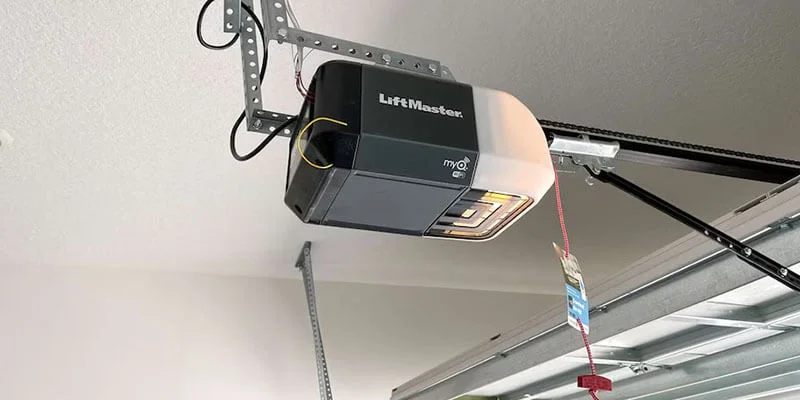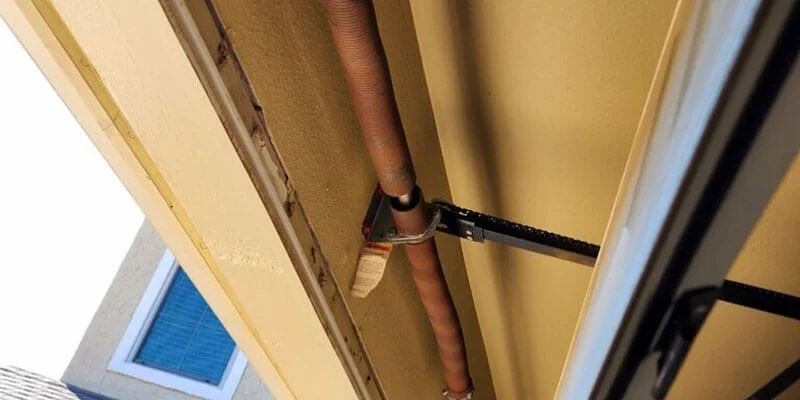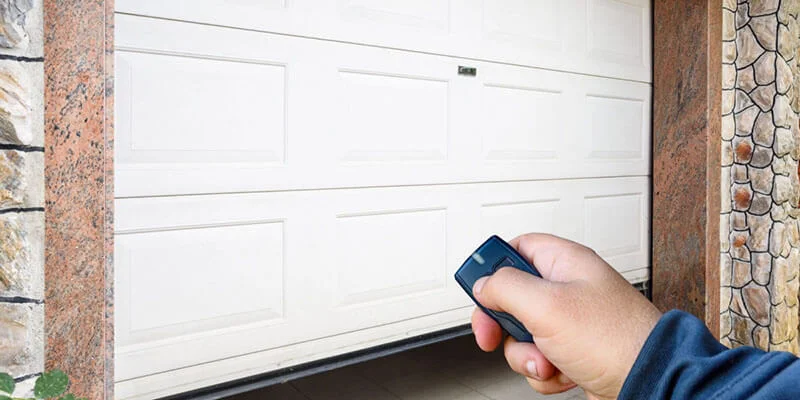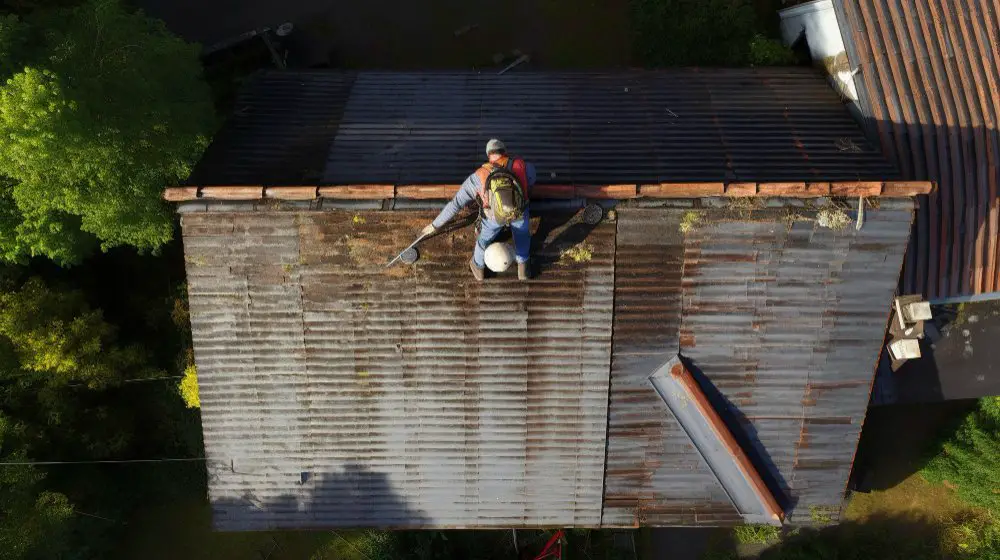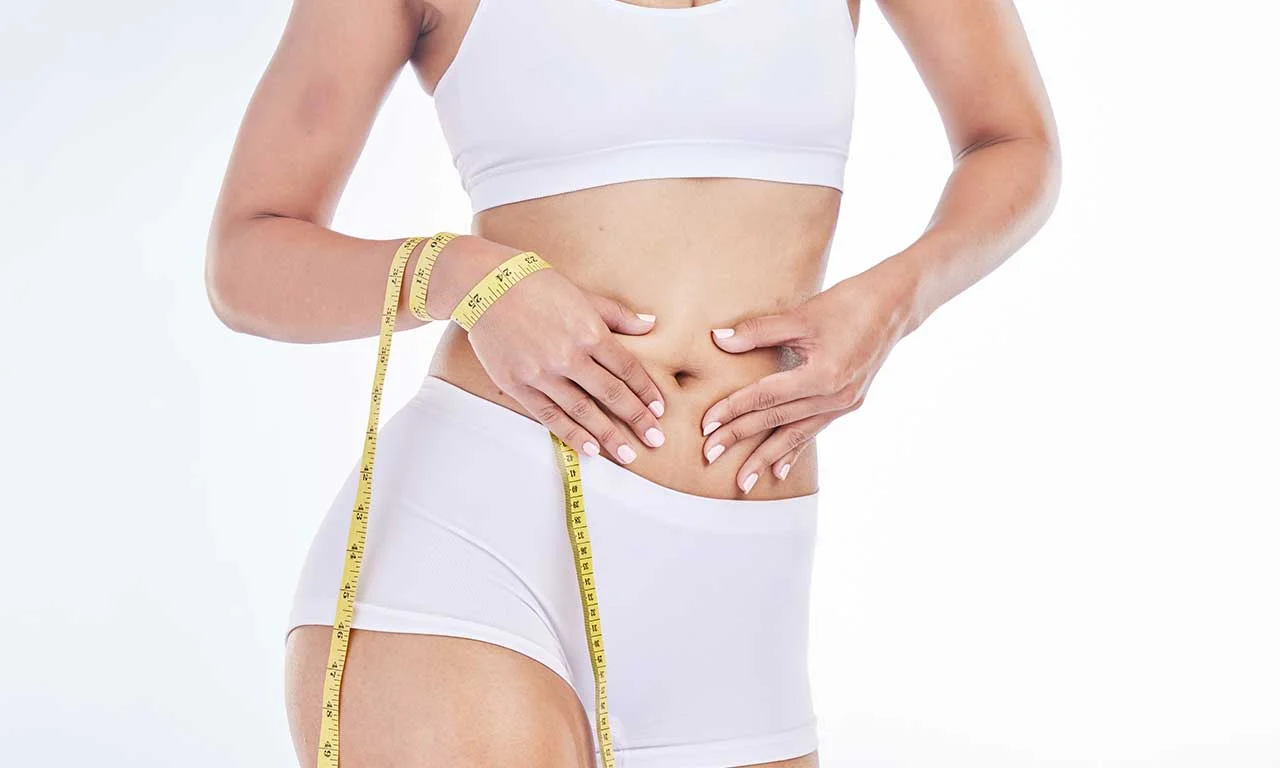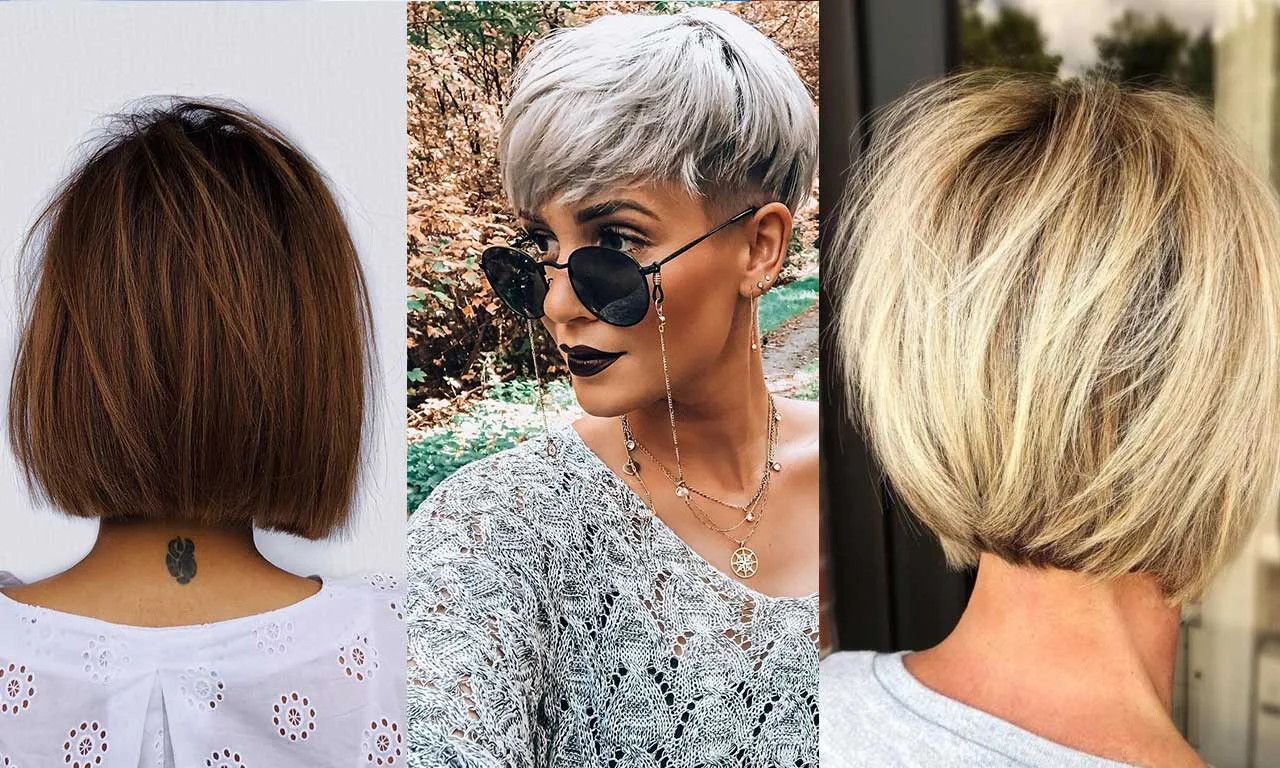Imagine a lush, green forest thriving right in the comfort of your living room. Vibrant leaves dance in the dappled sunlight streaming through your window, and there’s the faint, fresh scent of the earth coming from flourishing pots clustered in every corner. This indoor paradise isn’t reserved for those with a magic touch or horticultural expertise. Far from it – all it takes is just a spark of aspiration and the right guidance to turn the most barren spaces into verdant indoor jungles. Let’s embark on this botanical quest together, one plant at a time. Because believe me, if you can brew a pot of coffee in the morning, you can certainly start an indoor garden. Just swap your coffee beans for seeds, and let our step-by-step guide show you the way to your indoor Eden.
Selecting the Right Indoor Plants
Indoor gardening is an amazing way of adding natural beauty to your interior spaces. But, before you begin, it’s essential to understand how to select the right indoor plants. The right plant selection is critical for healthy indoor gardening. When choosing indoor plants, consider factors like lighting, space requirements, and signs of poor health. For a quick primer on the differences between aquaponics vs hydroponics, check out this article.
Imagine this: You’ve just completed a DIY indoor garden project, and the plants you chose are not thriving as they should. This could be due to your choice of plants being unsuitable for their surrounding environment. Taking time to research or ask a retail expert about which plants are best for your needs will go miles towards avoiding this problem.
One primary tip when selecting indoor plants is to choose healthy ones from trusted vendors and avoid those with poor health signs. Choosing well-maintained and healthy-looking plants minimizes the possibility of damage or disease setting in early on after purchase.
Some might argue that selecting indoor plants solely based on their aesthetic appeal is sufficient. While aesthetics are important, if you’re serious about gardening indoors, you’ll also need to consider the plant’s practical features too.
Selecting indoor plants is like selecting pets or housemates; it’s crucial to choose those most suited for an individual’s lifestyle and environment.
Plants Suited to Your Environment
Indoor gardening can be considered an art form once mastered. One key element in mastering this art is knowing which plants will prosper given variables such as lighting conditions, temperature variations, and other environmental factors within your living space.
Take succulents for example; these small compact green friends thrive in bright light and dry conditions, making them a perfect addition to your desert-themed indoor garden. However, in contrast to succulents, ferns love a low light and moisture-rich environment.
It’s important to choose the right types of plants suitable for indoor environments. Some popular indoor plants that grow well are spider plants, snake plants, and aloe vera. In contrast, some outdoor plants won’t acclimate well indoors due to lack of sunlight exposure. Choosing the wrong plant for your living environment may result in premature plant death or a slow growth rate.
One might argue that with indoor gardening, any plant species can grow with the right amount of water and light. While this statement has truth to it, knowing how a plant species responds to its environment is critical.
Choosing plants suited to your environment is like choosing a significant other; you must consider compatibility beyond aesthetic appeal if you’re in it for the long haul.
Now let’s move on to preparing your indoor garden by ensuring optimal lighting and temperature.
Health Benefits of Indoor Plants
Indoor plants are not only stylish but also have numerous health benefits. They can purify the air, remove toxins, increase oxygen levels, and reduce stress levels. Plant therapy has been proven to aid in mental health and mood improvement. In fact, studies suggest that indoor gardening is a form of horticultural therapy that promotes relaxation and provides an overall sense of well-being.
According to a study by the National Institutes of Health (NIH), indoor gardening has therapeutic benefits for patients with depression and anxiety. The results show that patients who were given the opportunity to garden experienced reduced anxiety levels accompanied by significant improvements in attention as well as decision-making abilities.
Additionally, indoor plants can reduce the number of pollutants present in your home’s air. NASA conducted research on houseplants and found that some types could remove up to 87% of airborne toxins within just 24 hours. Some top-rated air-purifying plants include snake plants, spider plants, and peace lilies.
While indoor plants do bring many advantages, critics argue that they may also lead to mold growth in closed environments or allergies for sensitive individuals. However, proper care such as cleaning the leaves from time to time and avoiding over-watering can avoid this problem.
Indoor plants are like pets; they need love, care, and attention. Once you treat your greenery as members of your family, they will provide you with not only enriched living space but also improved well-being.
Preparing Your Indoor Garden
Before starting your indoor garden journey, preparation is key. By ensuring optimal lighting and temperature conditions, as well as selecting the correct potting soil mix, you can give your plants the best chance at success.
When it comes to lighting, each plant has different lighting needs. For example, cacti and succulents need an abundance of light, while ferns thrive in shaded areas. Take the time to do some research beforehand to determine each plant’s specific light requirements, and place them accordingly.
Another vital factor in successful indoor gardening is the quality of soil used. Choose a potting mix that provides sufficient drainage and nutrients for your plants. Pennington Ultra Grow Potting Soil Mix is an excellent option as it helps retain moisture and promotes healthy plant growth.
Some argue that indoor gardening can be challenging due to temperature regulation problems. If you notice your plants struggling during heatwaves or cold drafts, it might be helpful to invest in temperature control devices such as heaters or air conditioning units.
Think of indoor gardening as cooking; investing in the right tools, equipment, and ingredients can make all the difference in the final product. Proper preparation leads to better results.
- According to the National Gardening Association, in 2020, nearly 30% of all households in the United States participated in indoor gardening.
- Research published by the Royal Horticultural Society indicates that indoor plants can improve air quality by reducing CO2 levels by up to 10% in closed environments.
- According to a study in the Journal of Physiological Anthropology, interacting with indoor plants can reduce physiological and psychological stress.
Ensuring Optimal Lighting and Temperature
When it comes to indoor gardening, lighting, and temperature are two key factors that can greatly influence the health and growth of your plants. Proper lighting is essential for photosynthesis, while temperature affects both growth rate and overall plant health.
Firstly, let’s talk about lighting. Different plants have different lighting requirements, so it’s important to select plants that suit the lighting conditions in your home. Some plants prefer direct sunlight, while others thrive in indirect light or shade. To ensure optimal lighting conditions, place your plants near a window that receives adequate sunlight or invest in artificial grow lights if natural light is limited.
Temperature is another crucial factor to consider when growing indoor plants. Most indoor plants prefer temperatures between 60-75°F (15-24°C), but some tropical plants may require warmer temperatures to thrive. On the other hand, be sure not to expose your plants to extreme heat or cold as this can cause stress and damage.
For instance, I once had a fiddle leaf fig plant that was placed near a drafty window during the winter months. Despite being watered regularly and receiving ample sunlight, the plant appeared droopy and wilted. Upon closer inspection, I realized that the draft from the window was causing temperature fluctuations that were harmful to the plant’s health. Once I moved it to a warmer spot in the house, its leaves perked up and it resumed healthy growth.
Another common mistake when it comes to indoor gardening is keeping plants too close to heating or cooling vents. These vents can produce drying air currents that can dehydrate your plants quickly. If you notice that your plant’s soil is dry despite regular watering, check its placement in relation to nearby vents.
It’s important to note that some indoor plants may require specific temperature variations throughout the day in order to adequately respond physiologically such as changes in stem or leaf elongation, flowering, fruiting, and even the synthesis of bioactive compounds. Therefore, monitoring indoor temperatures can be a great way to help identify optimal conditions for your plants as you experiment with them.
Think of it like this – just as we prefer a comfortable temperature range in our homes, our indoor plants also thrive when the temperature is just right for them. Just as we put on a sweater when we’re cold or turn on a fan when it’s too hot, adjusting the temperature in our home can ensure our plants are happy and healthy.
Now that we’ve covered the importance of lighting and temperature, let’s talk about choosing the right potting soil for your indoor garden.
Choosing the Right Potting Soil
One of the most important components of growing healthy indoor plants is selecting the right potting soil mix. Good quality soil provides essential nutrients and helps retain moisture, promoting strong root growth and healthy foliage.
When selecting potting soil, look for mixes that are specifically formulated for indoor plants. These contain a balanced blend of organic matter like peat moss and coconut coir, along with perlite or other materials to promote drainage. Avoid using soil from your garden or yard, which may contain pests or diseases that can harm your indoor plants.
On one occasion I used soil from my garden in an attempt to save some money on my indoor gardening hobby but encountered problems soon after planting some new herbs. One plant started withering away while another began attracting flying insects around it. It wasn’t long before I discovered that the outdoor soil had brought leaf miners and aphids to my otherwise healthy indoor garden! This experience taught me the importance of sticking to good-quality potting soil mixes specifically made for indoor gardening.
Another thing to consider when choosing potting soil is the nutrient content. Most commercially available soils contain added fertilizer to provide a boost of nutrients for your plants. Make sure to read the packaging carefully and choose a soil mix that matches the specific nutrient requirements of your indoor plants.
Some gardeners prefer to make their own potting soil mixes at home, using a combination of sand, compost, and other organic matter. While this can be an affordable and customizable option, it’s important to ensure that the mix is well-draining and properly balanced. Homemade mixes may also contain weed seeds or unwanted pests that can harm your indoor plants.
By selecting suitable indoor plants, ensuring optimal lighting and temperature, and choosing quality potting soil, you can set yourself up for a thriving indoor garden. Then it’s just about you keeping them healthy and happy!







